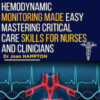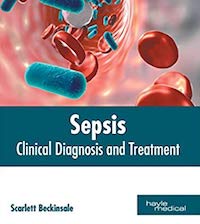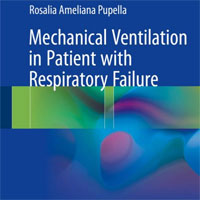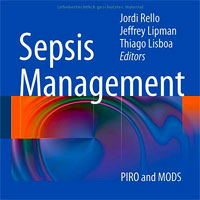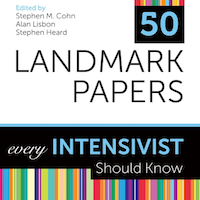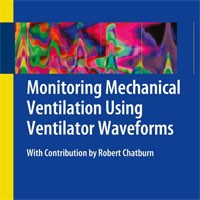Prone Positioning Monitored by Electrical Impedance Tomography in Patients with Severe ARDS on VV-ECMO
link.springer.com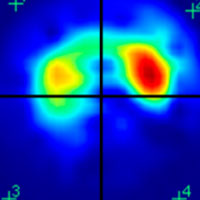
Prone positioning (PP) during veno-venous ECMO is feasible, but its physiological effects have never been thoroughly evaluated. Our objectives were to describe, through electrical impedance tomography (EIT), the impact of PP on global and regional ventilation, and optimal PEEP level.
Although baseline tidal volume distribution on EIT may predict static compliance improvement after PP on ECMO, our results support physiological benefits of PP in all ECMO patients, by modifying lung mechanics and potentially reducing VILI. Further studies, including a randomized–controlled trial, are now warranted to confirm potential PP benefits during ECMO.
For all patients (n = 21), tidal volume and EELI were redistributed from ventral to dorsal regions during PP. EIT-based optimal PEEP was significantly lower in PP than in supine position. Median (IQR) optimal PEEP decreased from 14 (12–16) to 10 (8–14) cmH2O. Thirteen (62%) patients increased their static compliance by ≥ 3 mL/cmH2O after PP on ECMO.





